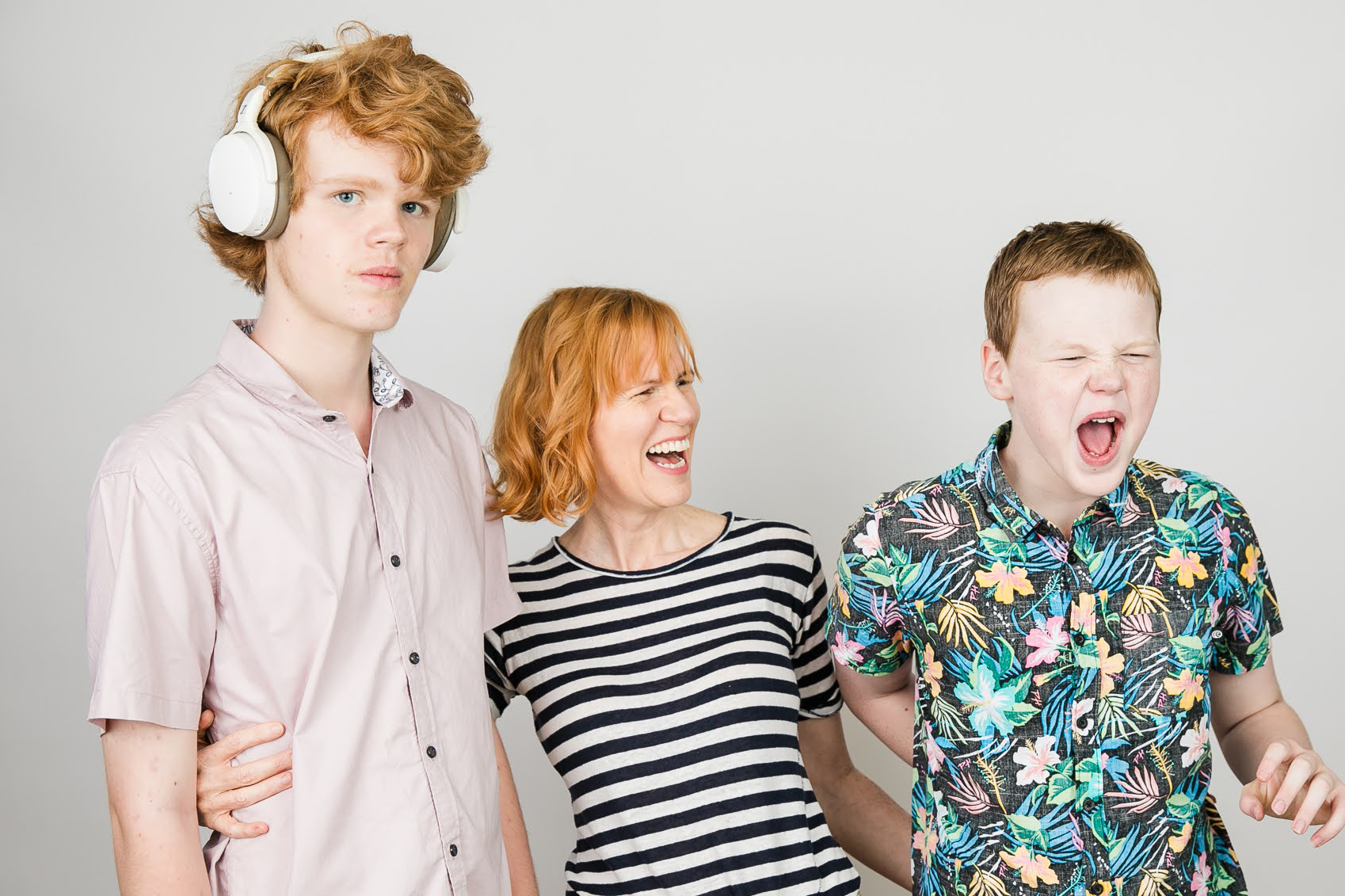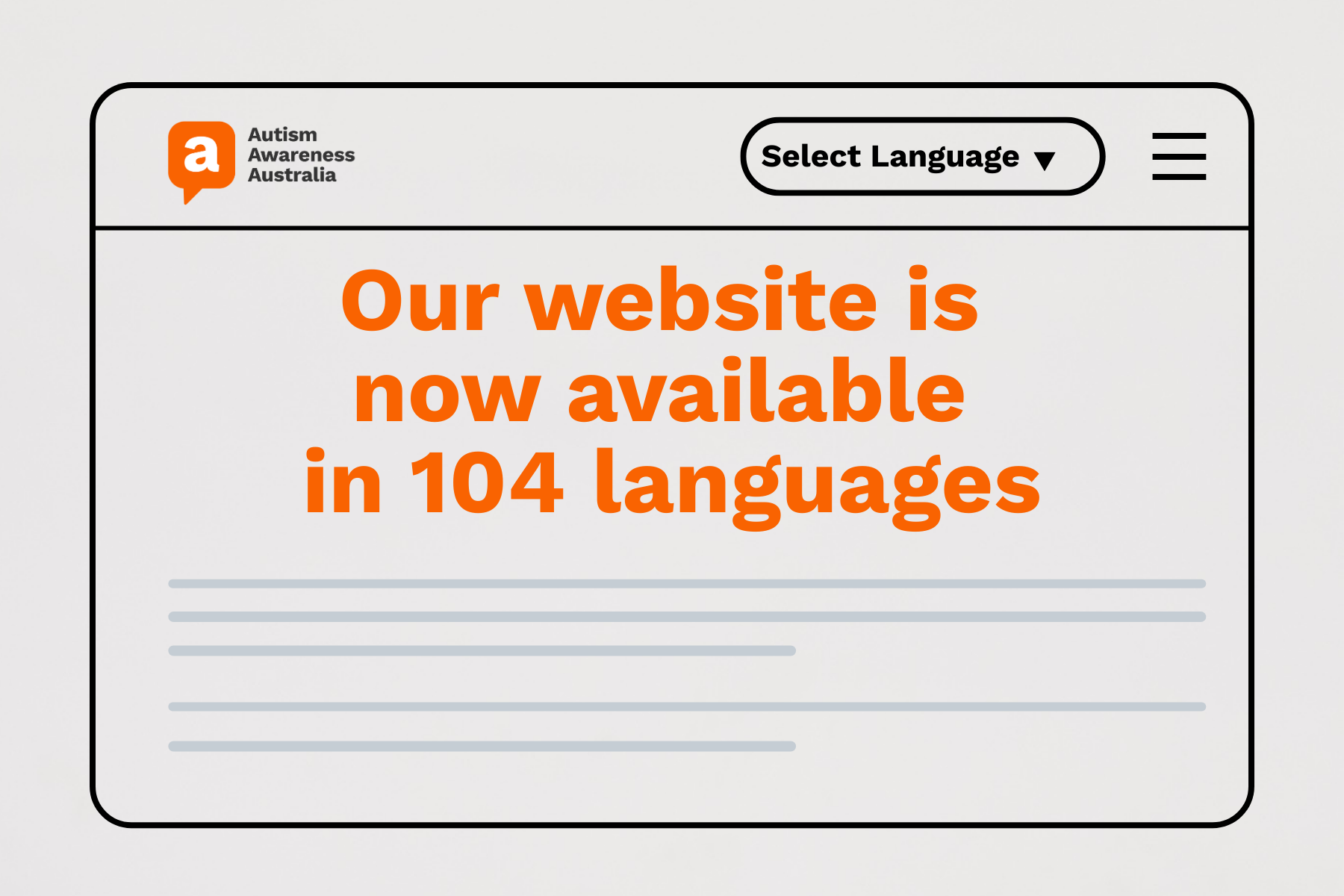Top strategies for inclusive early childhood education

For early childhood educators, inclusion of every child in their care is always the goal.
However, effective and meaningful inclusion in early childhood education is often easier said than done. And without relevant and evidence-based information and support, fostering inclusion as an early childhood educator is all but impossible.
But, there’s good news! By knowing what strategies work and who to turn to for support, inclusion doesn’t have to be difficult. With enough awareness, confidence and plenty of self-compassion, educators can foster an environment where all children can develop lifelong skills and flourish as the best versions of themselves.
In this post, we’ll explore what defines inclusive early childhood education and what it can and should look like in action. We’ll also share the importance of considering the needs and experiences of diverse families in order to create inclusive early education experiences and where you as an educator can access free and evidence-based support:
- What is inclusive education?
- What does inclusivity look like in practice?
- The importance of understanding diverse families
- Your next steps
What is inclusive education?
Inclusive education in the context of disability is defined as all children being welcomed in an education environment and encouraged and supported to achieve their full potential. Inclusive education promotes the values of acceptance, unity, confidence and diversity. And these attitudes shouldn’t just stay in the classroom; they should extend into families and wider communities, emphasising the beauty and importance of difference.
True inclusive education is where every child has equal opportunities to learn and grow regardless of their background, ability or learning environment. Whether it’s indoors or outdoors, individually or in group activities, inclusive education sees all children learn, experience and encourage acceptance and unity. It recognises every individual and their unique preferences, strengths and backgrounds and promotes friendships, problem-solving, confidence and a positive-self image.
One often overlooked area of inclusive education is the ability for children to teach and learn from each other. Although it is important to reinforce messages of acceptance as an educator, when observing children learn and play together, you’ll often find that they’re far more capable of including and supporting others than we give them credit for. Allow children to develop the ability to accept others independently where they’re able - this is incredibly rewarding for all involved!
For autistic children in particular, adapting programs and routines to suit their strengths and needs is crucial. This doesn’t just involve modifying physical spaces; it’s ensuring that a child’s peers, educators and family are creating spaces and moments for them to develop at their own pace. And although this development may be slower or look different to that of other children, small steps towards success or creating an inclusive environment are better than nothing.
Regardless of how inclusive education looks for an autistic child, it has endless benefits for every child both in the short and long term. Whether it’s working towards and achieving specific goals, increasing a child’s overall participation in activities or reducing their emotional and sensory dysregulation, these moments are incredibly rewarding for not just the child, but for their peers, family and broader community. Every child has the right to feel comfortable, supported and a valued member of their community, and inclusive education ensures just that.
Autism can be complex, and as an educator, it can be hard to know where to start learning more about it. Check out our article on understanding autism in young children, or for a more comprehensive understanding, our free course ‘Navigating Autism: The Early Years.’
What does inclusivity look like in practice?
In order for inclusive education to be successful, it must be the first priority of both individual educators and the centre as a whole. From the books and toys a child can access individually to classroom-wide activities, inclusive learning environments should reflect and celebrate every child’s background, interests and abilities.
Seeing each child as an individual, with their own strengths, needs, interests and preferences, is an important first step in creating inclusive environments. Understanding them and their background through regular consultation with their family and others supporting them (e.g., a therapy team) will ensure your accommodations are relevant to their needs. From gathering as much information as possible at the time of enrolment to regular check-ins and catch-ups, open communication between a child’s educators and family is crucial for creating a learning environment in which an autistic child can meet their goals.
The most inclusive learning environments don’t just consider physical structures; they foster a social and emotional environment that is safe and supportive, one in which every child feels valued. It benefits both autistic and non-autistic children, and its benefits extend beyond the classroom into the wider world.
In order to ensure inclusive practices are implemented centre-wide, policies and procedures at each centre should reflect inclusive philosophies. Programs should be designed with inclusive practices that are relevant and adaptable to the individual needs of children. And to support inclusivity, educators should have access to flexible and evidence-based professional development, regardless of their background or level of experience (find out more here.)
Along with known resources such as the Early Years Learning Framework, our free course ‘Navigating Autism: The Early Years’ provides free and evidence-based support to educators looking to create more inclusive early education settings and experiences. Learn more and enrol for free here!
Considering diverse families
No two families are alike, and neither are their values, needs and wishes for their child’s early education. Whether this is a different cultural or religious background or a different family make-up, diverse families are present in every early learning environment, and it’s an educator’s role to ensure they are valued and accepted.
When we consider diverse families, most of us only think of linguistically diverse families. However, it’s also important to consider how social and cultural differences form a family’s values, beliefs and communication style, and how you as an educator can develop a positive and productive relationship with a family without judging or disregarding what makes them different. This is particularly vital when a child in a diverse family has a disability, such as autism.
When approaching a family about a child’s developmental differences, it’s crucial not to assume what their perception of autism or disability is. Some families might have an understanding of autism already, while others may have never heard of it. Some families may have been exposed to a lot of myths and misconceptions about autism, and may be fearful or upset by concerns raised about their child.
Actively listening and taking a non-judgemental approach to a family’s concerns or questions will help you develop a relationship in which everyone feels valued and understood. Remember, despite differences in background or opinion, both parties share the same goal; supporting the child to achieve their full potential.
Some families may have different attitudes around skills developed in early education settings, such as play, sleep and eating. Adapting your teaching style to address a family’s expectations for their child’s learning and development ensures the child remains connected to their culture or background and their family feels respected.
Your next steps
Inclusive education can be just as wonderful in practice as it is in theory when every child and the people that support them are informed, supported and empowered. But for early childhood educators, finding relevant support for fostering inclusive education that’s both practical and accessible can sometimes be a challenge.
‘Navigating Autism: The Early Years’ meets this need.
A free online course made in collaboration with industry-leading educators and clinicians, this program is made by and for early educators at every age, stage and in every setting. It covers everything an educator wants and needs to know in short videos alongside downloadable resources you can display in your room or distribute in your centre. From autism-specific information to ways to prioritise your own wellbeing, this course contains a wealth of information accessible anytime, anywhere. And best of all, it’s designed for self-directed learning, so you can complete each module whenever and however you like!
To learn more about ‘Navigating Autism: The Early Years’ and enrol for free, you can tap on the button below.






